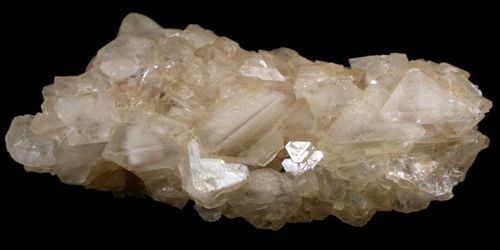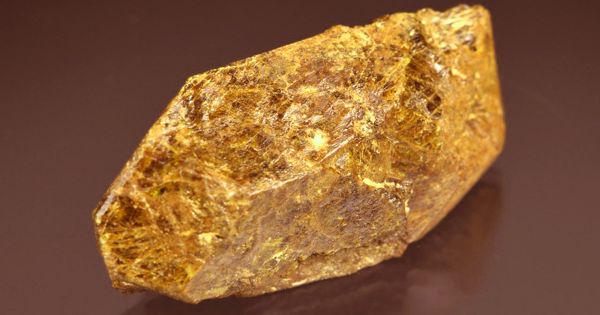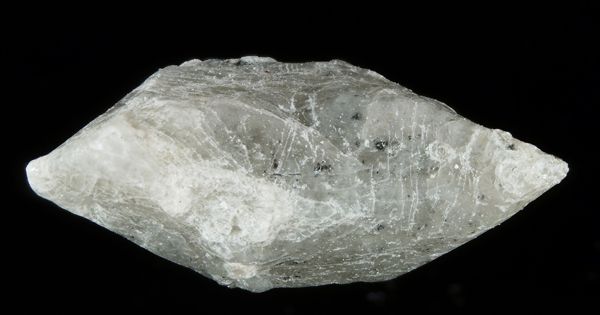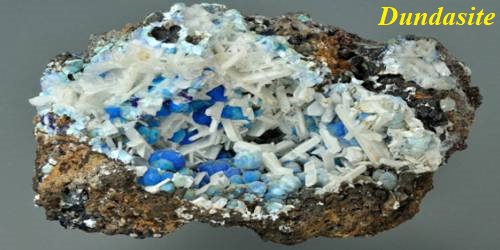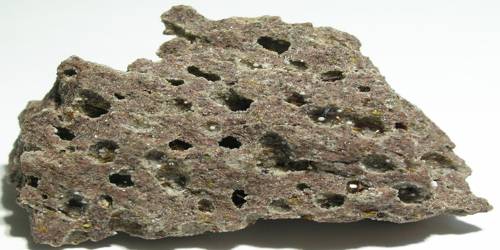Kalinite is a mineral composed of hydrated potassium aluminum sulfate (a type of alum). It is a monoclinic-prismatic mineral containing aluminum, hydrogen, oxygen, potassium, and sulfur. The mineral was first found in San Bernardino County, California, the USA in 1868. Its name comes from kalium which is the Latin name for potassium, hence its chemical symbol, “K”. It was named for its potassium (kalium) content.
General Information
- Category: Sulfate minerals
- Formula: KAl(SO4)211H2O
- Crystal system: Monoclinic
- Crystal class: Prismatic (2/m) (same H-M symbol)

Fig: Kalinite
Properties
Kalinite is either colorless or white in color. It is non-fluorescent with a white streak, vitreous luster and transparent appearance. It is a water-soluble mineral that can form fibrous crystals. The hardness of kalinite is 2 and its density is 1.76 g/cm3.
- Formula mass: 456.37 g/mol
- Color: White to pale blue
- Crystal habit: Fibrous
- Fracture: Conchoidal
- Mohs scale hardness: 2 to 2.5
- Luster: Vitreous
- Streak: White
- Diaphaneity: Transparent
- Specific gravity: 1.75 (observed) 2.0 (calculated)
Occurrence
Kalinite occurs as a volcanic sublimate, efflorescences on alum slates, in caves and rare secondary mineral found in the oxidized zone of mineral deposits. It is closely associated with pisanite and jarosite.
Environment
Kalinite is a rare secondary mineral observed in the oxidized zone of mineral deposits, as efflorescence on alum slates, in caves, and as a volcanic sublimate. It is associated with jarosite, KFe33+(SO4)2(OH)6, and cuprian melanterite (pisanite), (Fe2+, Cu2+)SO4·7H2O, at Quetena, Chile.
Information Source:
